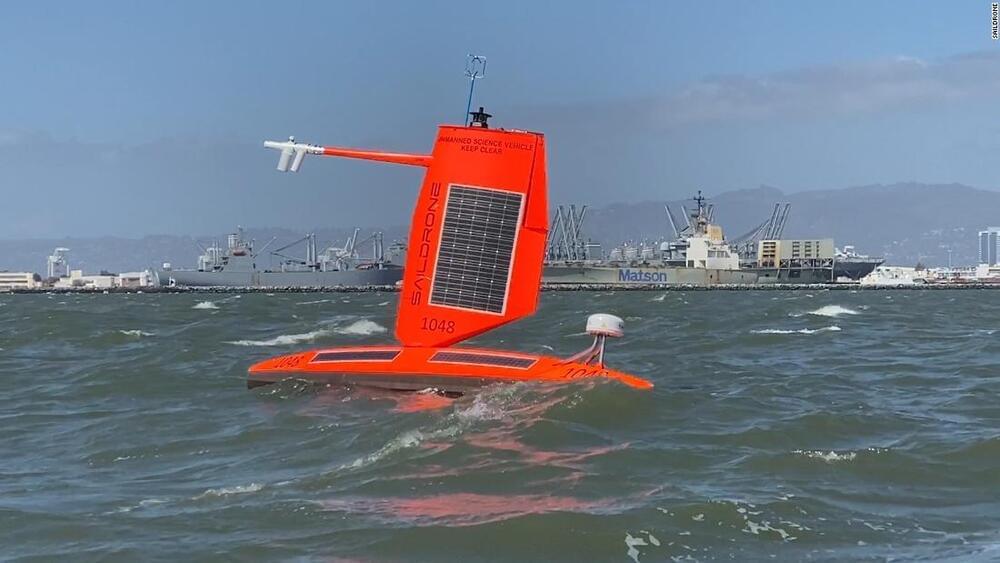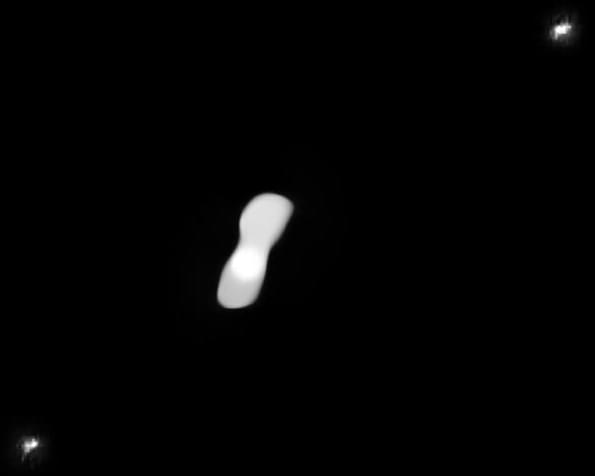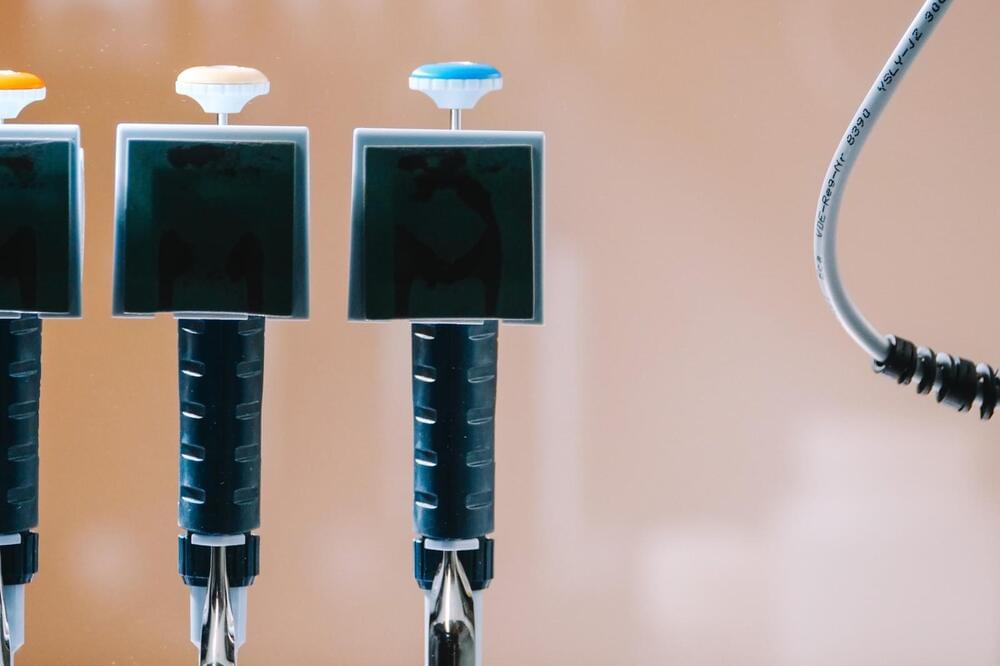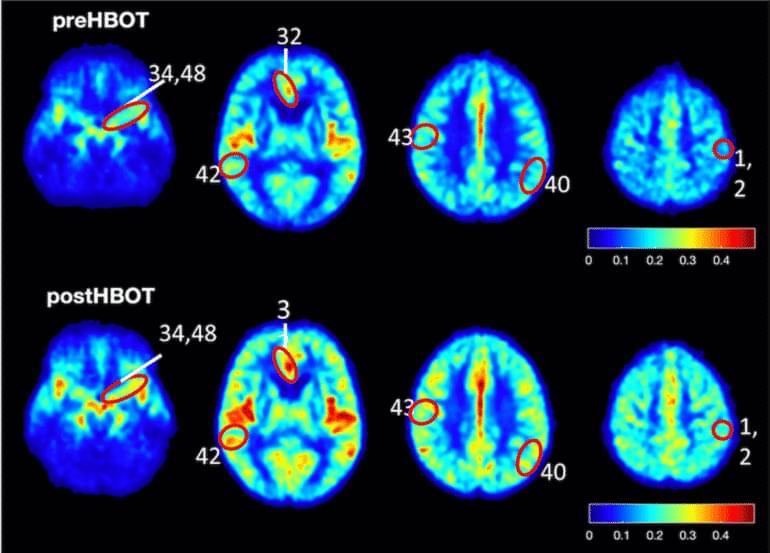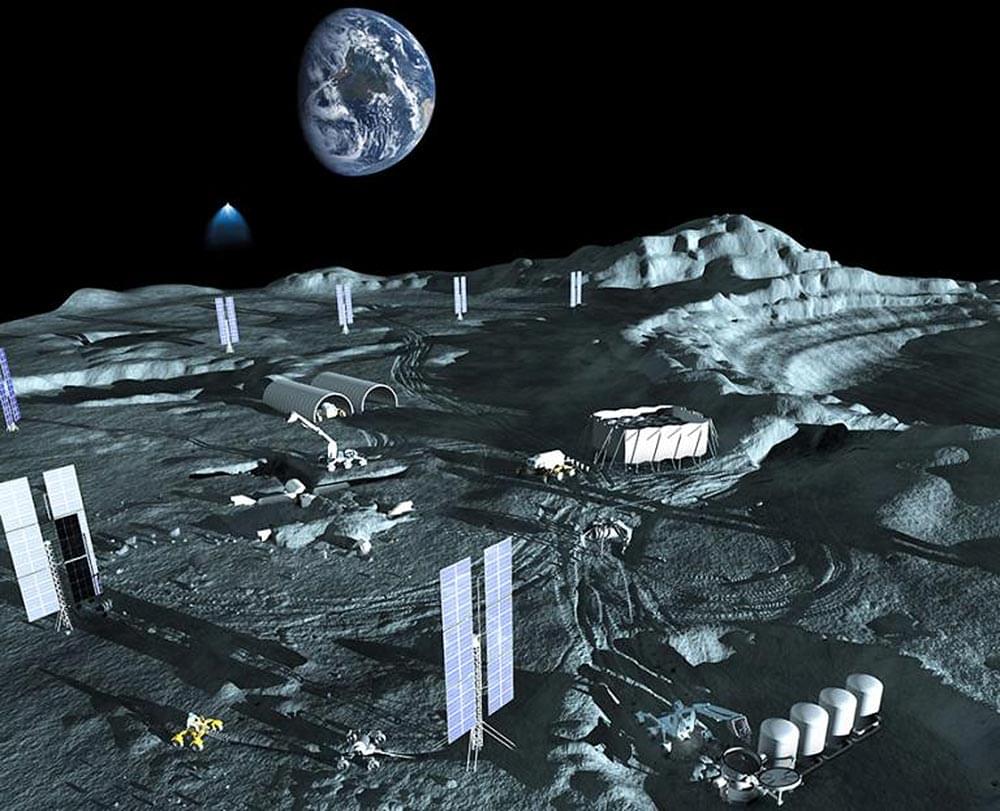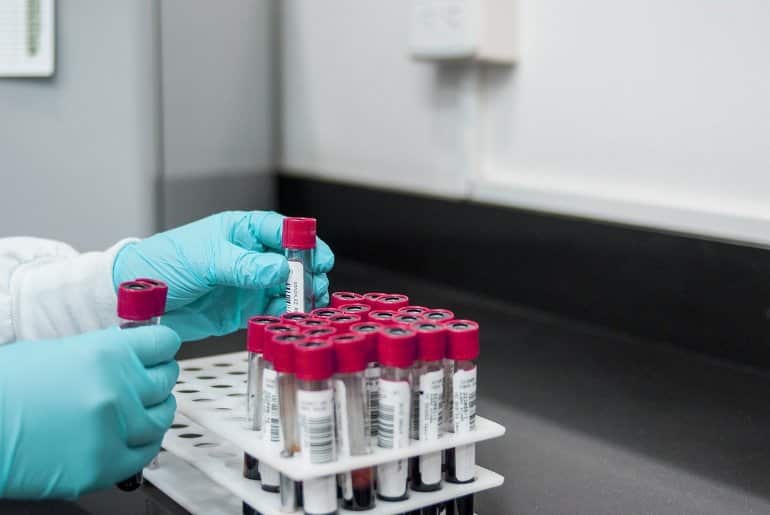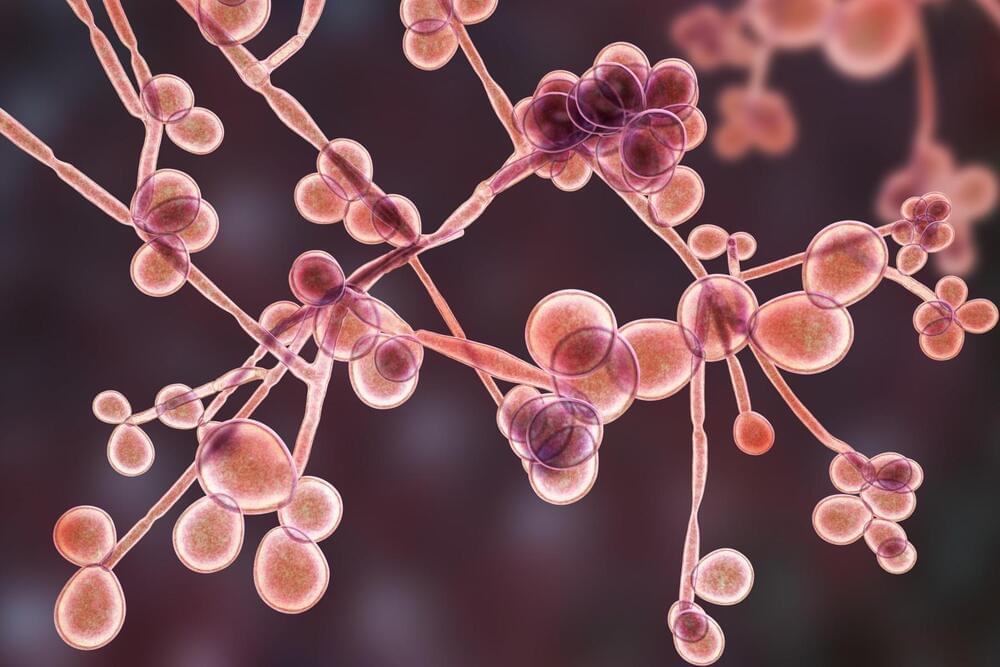These brightly colored robotic boats seem to have a death wish.
The brightly-colored robotic boats made by Saildrone seem to have a death wish.
Saildrone makes autonomous ocean vessels to study the environment. This summer, the Silicon Valley startup sent five of its vessels directly into the path of hurricanes in the Atlantic Ocean. While airplanes can fly through hurricanes, the screaming winds kick up such huge waves that attempting to sail boats right into them is something best to be avoided.
Saildrone’s vessels are uncrewed, and built to survive hurricane winds and huge waves. Scientists are excited that the vessels could improve our understanding of how storms intensify.
